Monsieur Beaucaire (1924 film)
7.8 /10 1 Votes
| 7.8/10 IMDb Genre Drama, Romance Duration Country United States | |||||||||||||||||||||||||||||||||
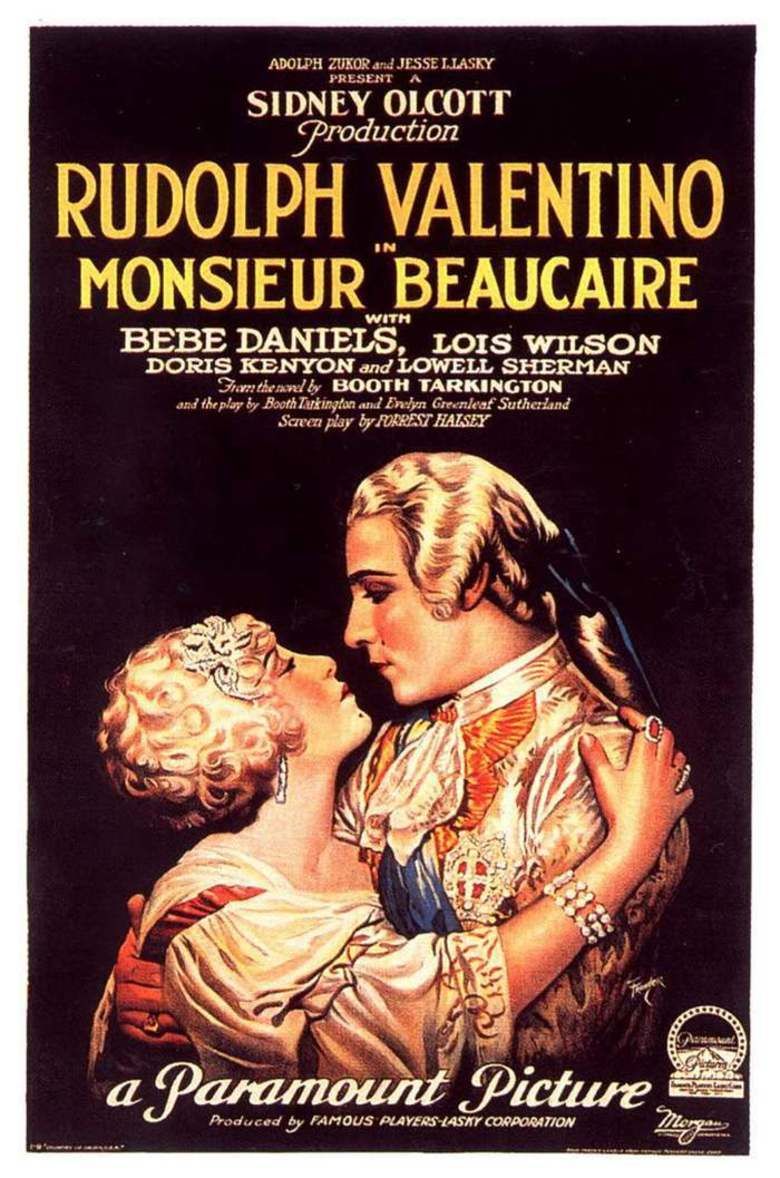 | ||||||||||||||||||||||||||||||||||
Release date August 11, 1924 (1924-08-11) Cast (Duke de Chartres / Beaucaire), (Princess Henriette), (Queen Marie of France), (Lady Mary), (King Louis XV of France), (Madame Pompadour) Similar movies Rudolph Valentino appears in Monsieur Beaucaire and A Sainted Devil | ||||||||||||||||||||||||||||||||||
Monsieur beaucaire full movie rudolph valentino
Monsieur Beaucaire is a 1924 silent film drama based on the Booth Tarkington novel of the same name. Filmed at Paramount Studios in New York City, it was produced and directed by Sidney Olcott and starred Rudolph Valentino.
Contents
- Monsieur beaucaire full movie rudolph valentino
- Rudolph valentino clips from monsieur beaucaire 1924
- Plot
- Cast
- Reception
- Other film versions
- References
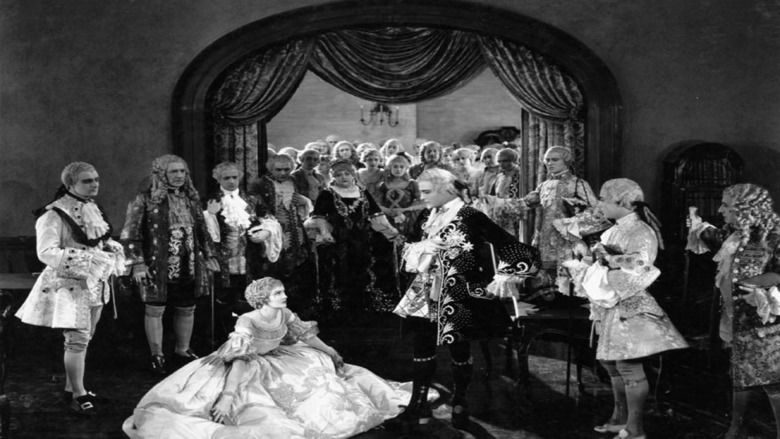
Rudolph valentino clips from monsieur beaucaire 1924
Plot
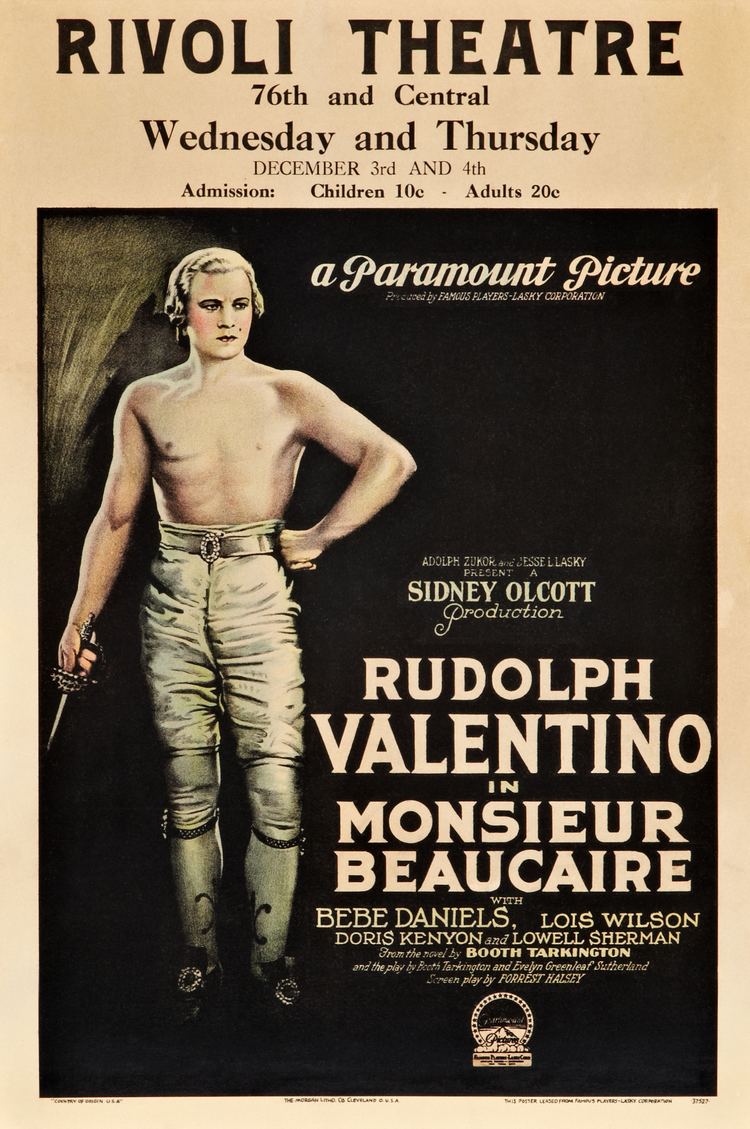
The Duke of Chartres is in love with Princess Henriette, but she seemingly wants nothing to do with him. Eventually he grows tired of her insults and flees to England when Louis XV insists that the two marry. He goes undercover as Monsieur Beaucaire, the barber of the French Ambassador, and finds that he enjoys the freedom of a commoner’s life. After catching the Duke of Winterset cheating at cards, he forces him to introduce him as a nobleman to Lady Mary, with whom he has become infatuated. When Lady Mary is led to believe that the Duke of Chartres is merely a barber she loses interest in him. She eventually learns that he is a nobleman after all and tries to win him back, but the Duke of Chartres opts to return to France and Princess Henriette who now returns his affection.
Cast
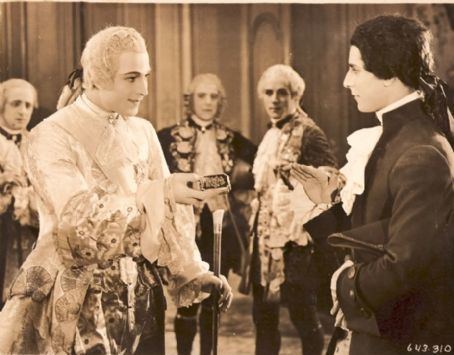
Reception
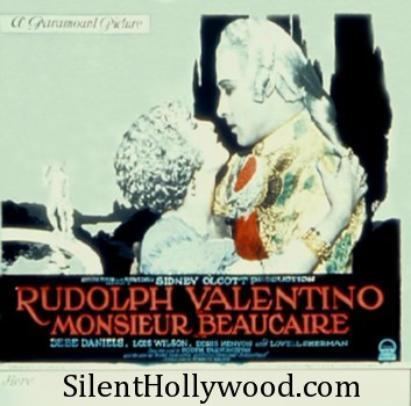
Monsieur Beaucaire was part of a series of box office and critical disappointments that plagued Valentino mid-career. Although the film did fairly well in big cities, it flopped in smaller locales, and could not exceed the expensive budget Olcott put into the film's production. Historians Kevin Brownlow and John Kobal suggested that the film's shortcomings stemmed more from Olcott's "pedestrian" direction.
Many viewers and critics, perhaps expecting the more virile Valentino of his earlier films, felt that his onscreen persona with its heavy makeup, frilled attire and arch mannerisms (particularly in the first half) was overly feminized in Monsieur Beaucaire: a somewhat unfair accusation considering that much of the film satirizes the excesses of the court of Louis XV. Much of the blame for the film's alleged shortcomings was assigned to Valentino's wife Natacha Rambova who was felt by many of Valentino's colleagues to have had an undue influence on the costumes, set and direction of the film. Alicia Annas wrote that audiences were most likely alienated by the general design of the film which, while historically accurate, was not tailored to 1920s American film-goers' tastes.
The hallmark of the film today, depending on what print is viewed, is Harry Fischbeck's sumptuous photography. The print at the Library of Congress is probably the finest remaining example of the film. The Stan Laurel parody Monsieur Don't Care (1924) reflected the general public attitude towards Monsieur Beaucaire.
Other film versions
The novel Monsieur Beaucaire was adapted into a musical film, Monte Carlo (1930), directed by Ernst Lubitsch. The story was filmed again as a comedy, directed by George Marshall and starring Bob Hope and Joan Caulfield, also called Monsieur Beaucaire (1946).
References
Monsieur Beaucaire (1924 film) WikipediaMonsieur Beaucaire (1924 film) IMDbMonsieur Beaucaire (1924 film) themoviedb.org
